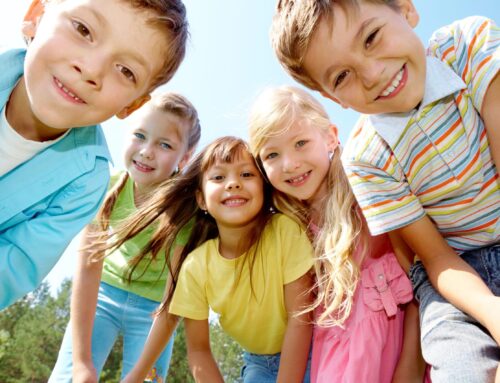According to the American Alliance of Museums, museum spending on educational activities tops $2 billion annually. To better understand that amount, it takes 32 years to count one billion seconds, according to the Plain English site. Ordinarily, museums spend 75 percent of this budget on programs for kindergarten through grade 12, and about 25 percent on preschoolers and toddlers.
Keeping kids occupied during winter break became especially challenging during the Covid-19 pandemic. Although schools, daycare centers, and activity programs shut down, most have reopened in time to serve Phoenix families during winter break. One kids science museum, The Children’s Museum of Phoenix, provides 13 activity areas incorporating six foundational learning pillars:
- Language and Literacy
- Mathematical Thinking
- Science
- The Arts
- Social and Emotional Skills
- Physical Development
Language and Literacy
Stocked with classics such as Where the Wild Things Are, Corduroy, and Goodnight, Moon, the book loft in our kids science museum provides space to pause, cool down, and relax. Honing reading skills before and after play increases concentration. Additionally, having somewhere to decompress teaches kids to self-regulate and prevents emotional meltdowns.
Mathematical Thinking
Children weigh dried beans, make change, or count grocery items in the Market. Alternatively, in the Building Big station, they might estimate whether boards and plant pots will support their weight. In the Move It Bases section, kids compare 2- and 3-dimensional shapes and explore patterns.
Science Skills
The Grand Ballroom teaches children to make predictions. Using more or fewer tubes sometimes results in balls falling to the floor. Unexpected results teach children the scientific method: recognizing a problem, making a guess, and testing results.
The Arts
Children use paints and other media in the Art Studio. Exploring art develops children’s sense of style. Moreover, art helps children express emotions. If your children like to do art activities, this may be the perfect place to send them during winter break.
Social and Emotional Development
The “Move It Snake” area in our kids science museum requires taking turns and using negotiation skills. The Noodle Forest also encourages collaboration when children tell each other which direction to go. The Building Big area encourages cooperation while building larger structures.
Physical Development
The Pedal Power section combines whole-body muscle use and riding skills in confined spaces. The Climber encourages children to take risks: hanging their feet through holes, for example. Jumping from cylinder to cylinder in the “Move It Base” area also encourages risk-taking and use of the entire body.
Final Advice
Sign up for our newsletter today. Become a member or supporter and keep your kids entertained and stimulated in a beneficial way. Visit during our next special program to see for yourself the benefits of our museum.






